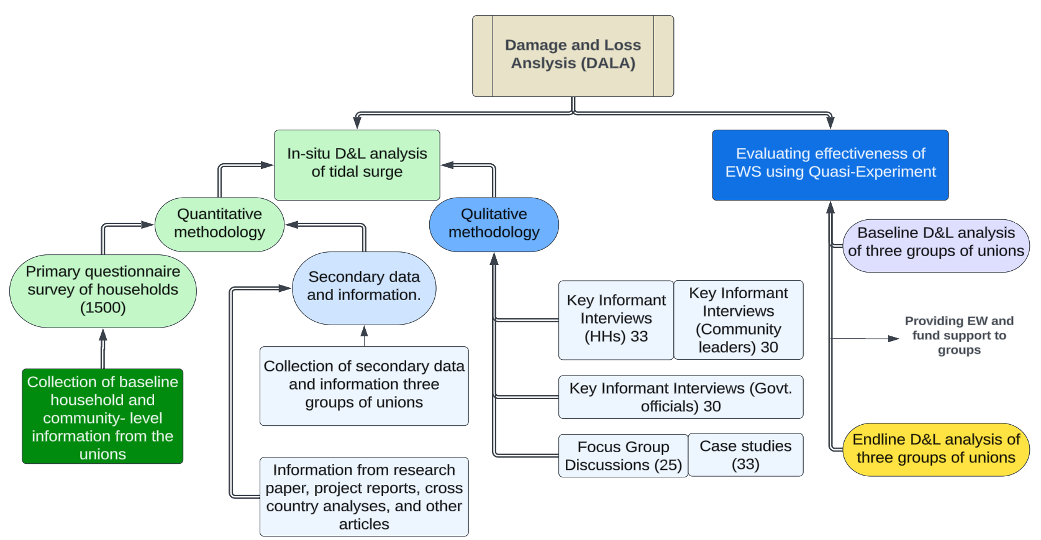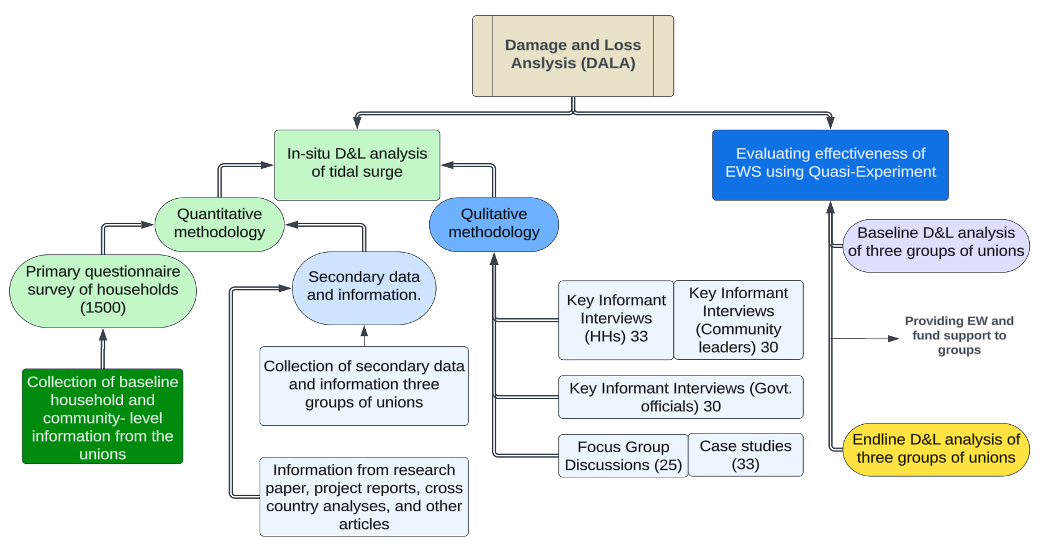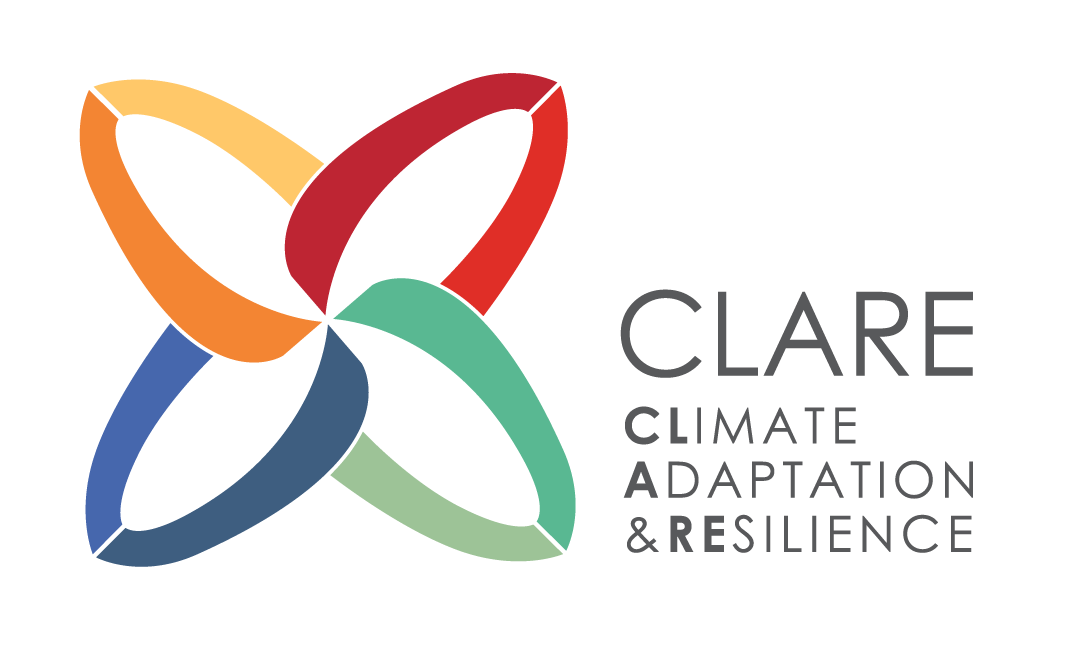
Assessing the Impact of Tidal Surges on Rural Households: Findings from a Baseline Study (SURF-IT)
/
Coastal communities in Bangladesh face significant risks from tidal surges, which disrupt livelihoods, damage infrastructure, and deepen socio-economic vulnerabilities. A recent baseline study, conducted across three upazilas, provides critical insights into the nature and extent of these damages and losses. The study aims to inform the development of an effective early warning system (EWS) and assess the impact of cash support interventions on resilience-building efforts.
Key Findings from the Baseline Survey
The survey covered 1,200 households in the intervention group and 300 households in the control group, focusing on household losses, damage assessment, and socio-economic vulnerabilities. Findings indicate that households farther from embankments tend to experience greater financial losses. While lower-income households live closer to embankments and face minimal asset destruction, wealthier households—often located farther away—incur higher damages due to fisheries and other asset-intensive livelihoods.
The data reveal that fish farmers suffer the most significant economic impacts, with their average losses surpassing those of other occupational groups. Small business owners and agricultural farmers also experience substantial losses, reflecting the broad economic toll of tidal surges. Moreover, damages are not limited to direct economic losses; they extend to housing, health, and sanitation, with far-reaching consequences for affected populations.
Household loss and damage by upazilas and unions


To enhance disaster preparedness, a damage and loss prediction model is being developed. This model integrates socio-economic, environmental, and spatial factors to forecast the impact of tidal surges at both household and community levels. It considers factors such as income levels, asset holdings, housing conditions, and access to critical infrastructure. Understanding these interrelations will enable targeted risk mitigation strategies and inform policy recommendations for adaptive interventions.
Evaluating the Effectiveness of Early Warning Systems
A crucial component of this study is assessing the effectiveness of early warnings in reducing damages and improving resilience. The quasi-experimental design involves three groups: a control group, a group receiving only EWS information, and a group receiving both EWS information and financial support. The impact of these interventions will be evaluated through a follow-up study, analyzing their effectiveness in reducing economic losses and strengthening household resilience.
Future Directions
The study’s findings will contribute to policy recommendations for disaster risk management, particularly in integrating early warning systems with financial assistance mechanisms. By refining predictive models and improving disaster preparedness, this research aims to support vulnerable coastal communities in mitigating the adverse effects of tidal surges.
The upcoming phases will focus on econometric analysis to quantify the causal effects of the interventions and develop a comprehensive framework for disaster response. These efforts will serve as a foundation for future policies aimed at minimizing damages and enhancing community resilience in Bangladesh’s coastal regions.
The complete damage and loss methodology and its steps are presented in the following flowchart –

Published
CLARE Projects
CLARE Partners

